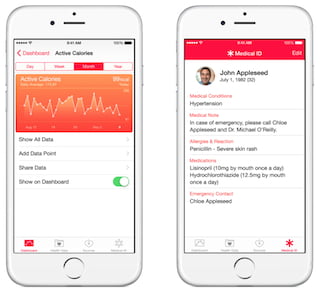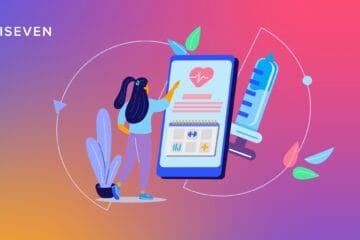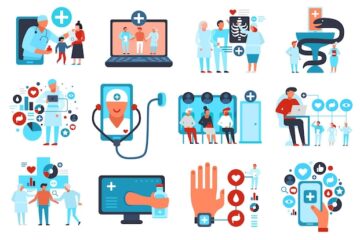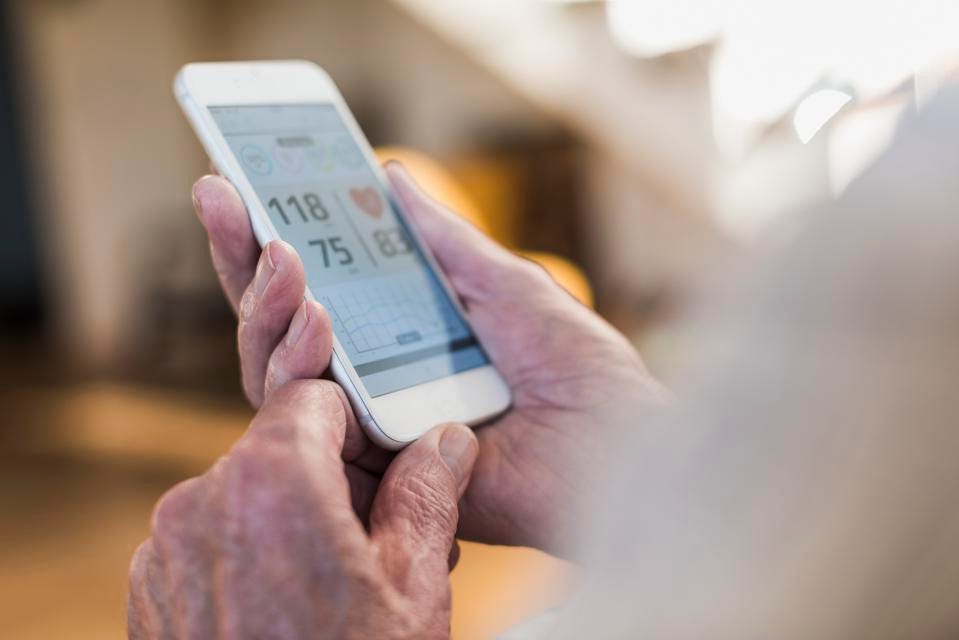
At the HIMSS16 annual conference in Las Vegas last week, Accenture Federal Services announced a two-year consulting contract with the ONC to help the federal government create a framework for collecting and using patient generated health data in both research and clinical care. Accenture executives told MobiHealthNews that this framework is an important first step toward creating standards that would make patient generated health data more interoperable.
MobiHealthNews has interviewed informaticists beforewho have pointed out that, for the most part, all healthcare data is patient-generated in the end, but the term has come to refer to health data that is often collected from or by the patient while outside of clinical care settings.
Mary Edwards, who leads Accenture’s work with federal civilian health agencies, explained to MobiHealthNews during an interview at HIMSS16, that this type of data increasingly is collected by consumer devices, like Fitbits, and is rarely a part of a clinical or claims record.
Emily Mitchell, the program lead for Accenture’s patient generated health data initiative, made clear that the firm’s goal is not just to determine how best to integrate PGHD into care records, but also how it improves care.
“The key components we are looking at are best practices, gaps and challenges around PGHD being used currently,” she said. “We’re trying to help them to understand what is the environment right now? What are some of the success stories? And from those success stories, what can others leverage from them to apply to their own use of PGHD? The primary goal is to not only find out: how do they get the data into the medical record and off to the research clinic, but how do they use that data to improve patient care and improve research outcomes?”
In related news Accenture released results from a massive, multi-country survey about consumer adoption of health apps and wearables — the same tools that have helped enable the rise of PGHD.
The survey found that the percentage of consumers who use mobile health apps increased substantially from 2014 to today: While 16 percent used them in 2014, some 33 percent of consumers use them today. Health wearable adoption jumped from 9 percent in 2014 to 21 percent today, according to the survey.
Accenture worked with Nielsen to poll about 8,000 people in seven countries. The survey included 2,225 people in the US and roughly 1,000 people from each of these countries: Australia, Brazil, England, Norway, Saudi Arabia, and Singapore. It was conducted between November and January.
Interestingly, one in five people surveyed said a physician had asked them to use a wearable to track their health. Of those, 76 percent agreed to do so. About 40 percent of the respondents who use health apps said they had discussed app data or shared that data with their doc. The survey also found that the most frequently used health apps were: fitness (59 percent), diet/nutrition (52 percent), symptom navigation (36 percent) and accessing patient portals (28 percent).
Perhaps not surprisingly, 90 percent said they would share their app or wearable data with medical providers, but 63 percent said they’d share it with their health plans. A smaller percentage, 31 percent, said they’d share it with their employers.
The preference for remote doctor visits is increasing too: 29 percent said they prefer virtual visits to in-person ones with their doctors. That’s up from 24 percent in 2014. The benefits of remote visits are apparent to both consumers and doctors. Lower costs are one such benefit, according to 58 percent of consumers and 62 percent of doctors, while convenience is a benefit, according to 52 percent of consumers and 80 percent of docs. Timely access to care was cited as a benefit of virtual care by 42 percent of consumers and 49 percent of physicians.
[Source:- Mobi Health News]




